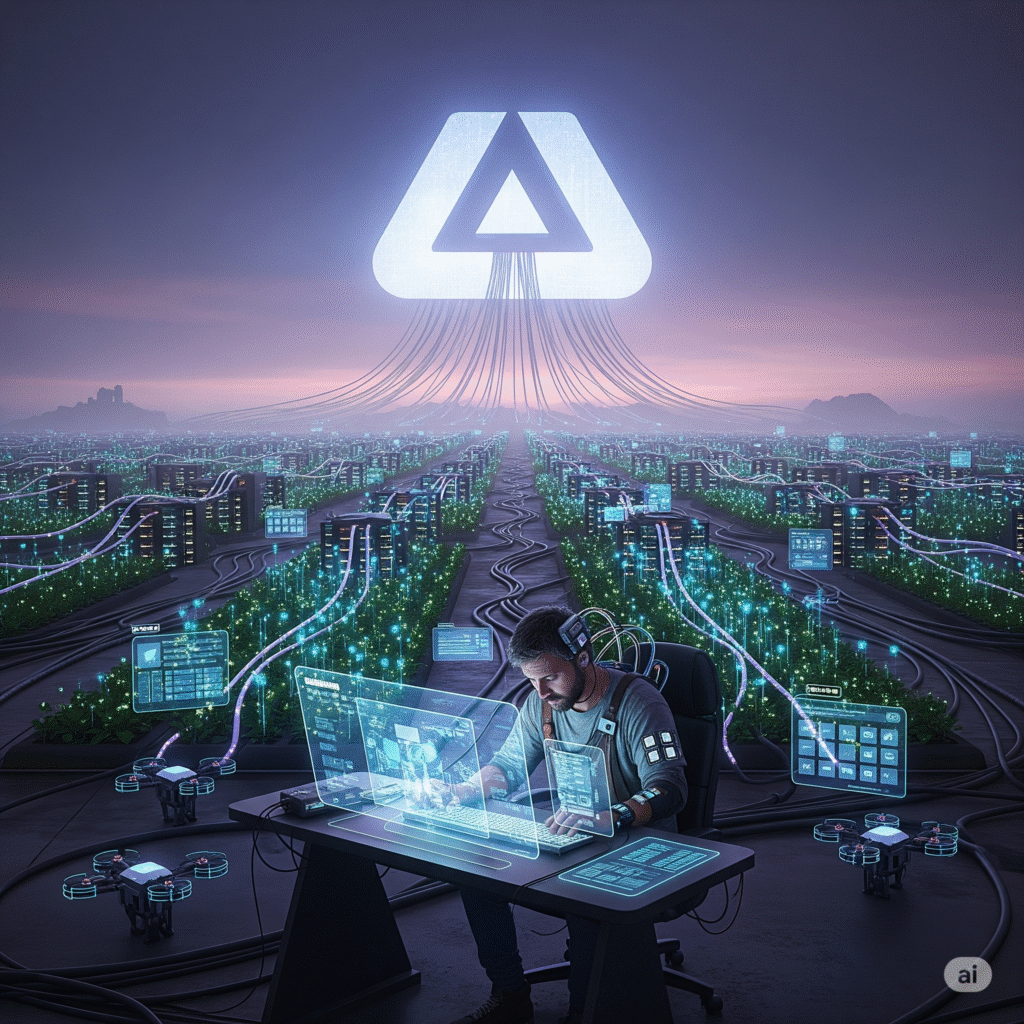In proposing that capitalism has died and been replaced by a techno-feudal regime, Yanis Varoufakis explains in Technofeudalism: What Killed Capitalism how the logic of competitive markets and profits has been replaced by the extraction of rents for access to private digital platforms. According to the author, what killed capitalism was capital itself in its most recent mutation: cloud capital, controlled by large technology companies that privatized the internet and transformed it into a system of interconnected “fiefdoms.” In these domains, the driving force of the economy shifted from industrial profit to cloud rent, meaning that income is obtained through control over digital infrastructure and channels of visibility. The book situates this transformation within a historical analysis of the metamorphoses of capitalism, showing how digital platforms have replaced markets with private territories and established a new economic hierarchy.
This transformation resonates in troubling ways within the digital art ecosystem. Platforms such as Instagram, TikTok, Patreon, or NFT marketplaces act as new feudal lords. They provide the virtual space and the infrastructure, including distribution networks, publishing tools, and payment systems, yet in exchange, they demand continuous tribute. This tribute is not only monetary; it manifests as complete dependence on algorithmic visibility, monetization controlled by third parties, and submission to terms of service that can be changed unilaterally.
The digital artist occupies the position of a serf, producing content that feeds the engagement machinery of the platforms, supplying data that becomes a lucrative asset for the owners of the infrastructure, and often receiving only the promise of reach or prestige in return. The logic of industrial profit, based on the direct sale of a product or service, gives way to a rentier regime in which the essential condition is to pay in data, attention, and dependence for the right to appear in the showcase.
As Varoufakis explains, these “markets” are not truly markets. They are private territories where every interaction, transaction, and act of visibility is mediated by a cloud lord. The initial promise of the internet as an open space for the free circulation of information and creation has been privatized, enclosed, and taxed. In digital art, where the technical infrastructure is inseparable from the medium of expression, this capture becomes even more intense. It is not ultimately a matter of selling a work, but of submitting the very act of creation to the logic and metrics of the platform.
In the global fiefdom, creative autonomy is tolerated only as long as it does not challenge the rent-extraction model. An artist may innovate aesthetically, explore critical narratives, and even push the boundaries of format, provided they continue to generate traffic, engagement, and valuable data. This is the same dynamic that, within techno-feudalism, produces an appearance of individual freedom while preserving the structural monopoly of the new lords.
For this reason, thinking about digital art today requires moving beyond discussions of aesthetics or circulation. It requires recognizing that the very materiality of platforms is the new invisible yet decisive frame that determines what can be created, seen, and monetized. As in medieval fiefdoms, where peasants could cultivate the land but never own it, the digital artist inhabits a territory that does not belong to them. And as long as the conditions of access and permanence are set by a few, the promise of a free web will remain only a memory or a myth of what could have been.
Perguntar ao ChatGPT

